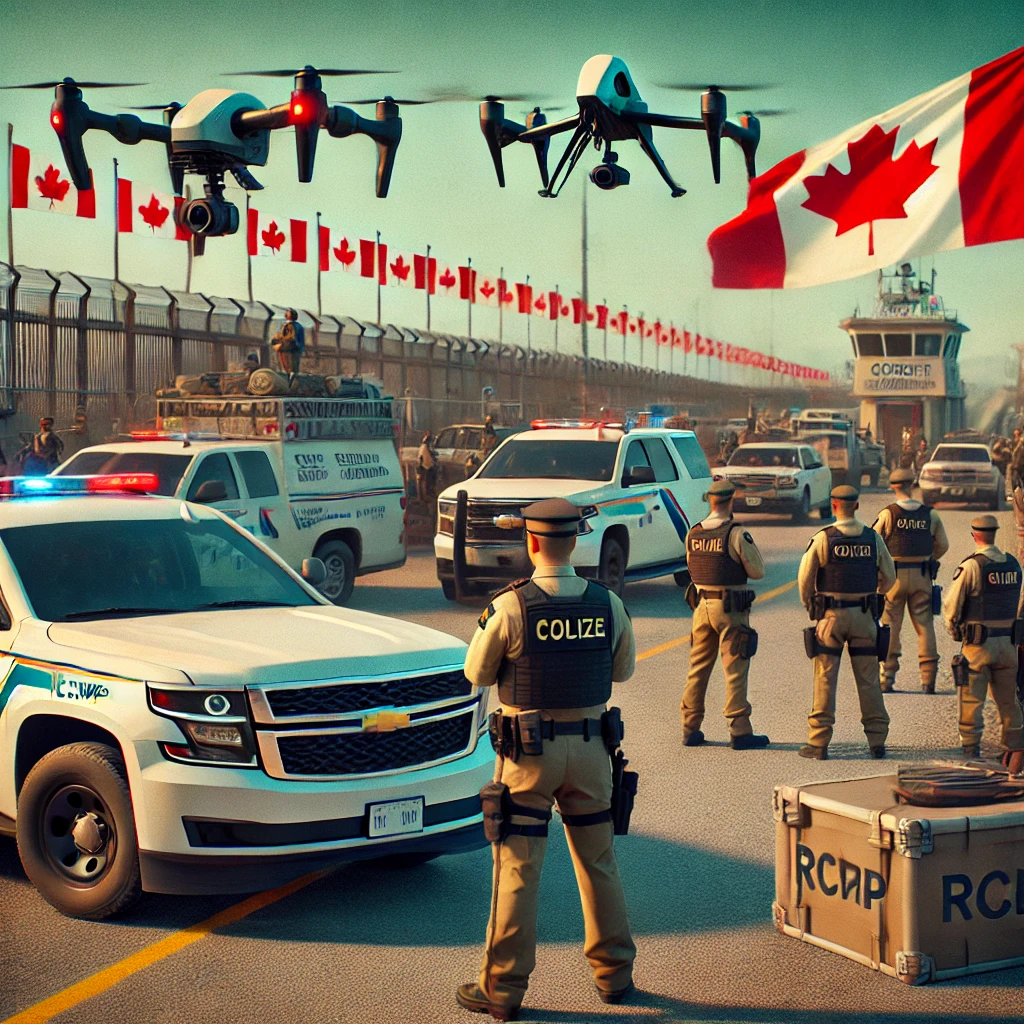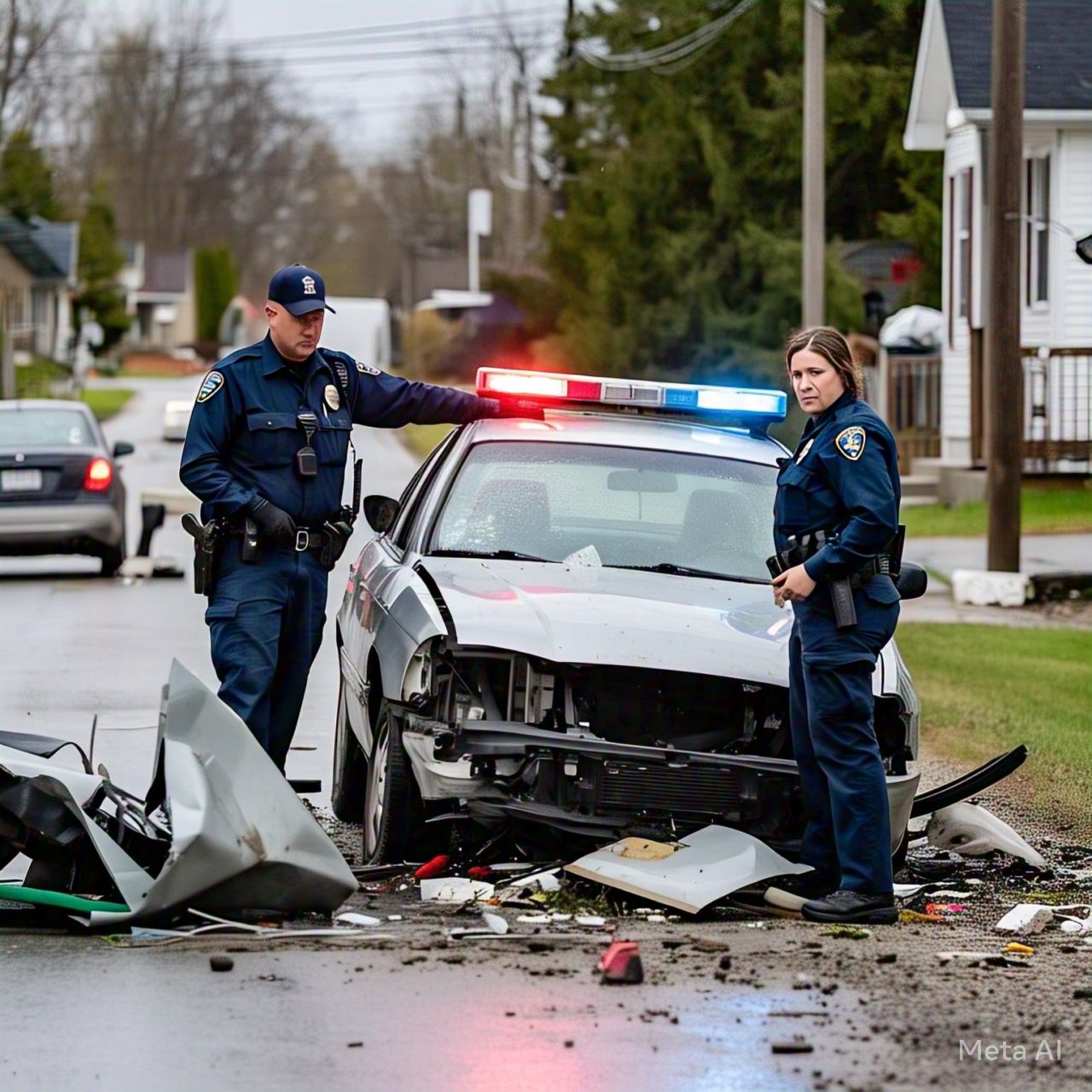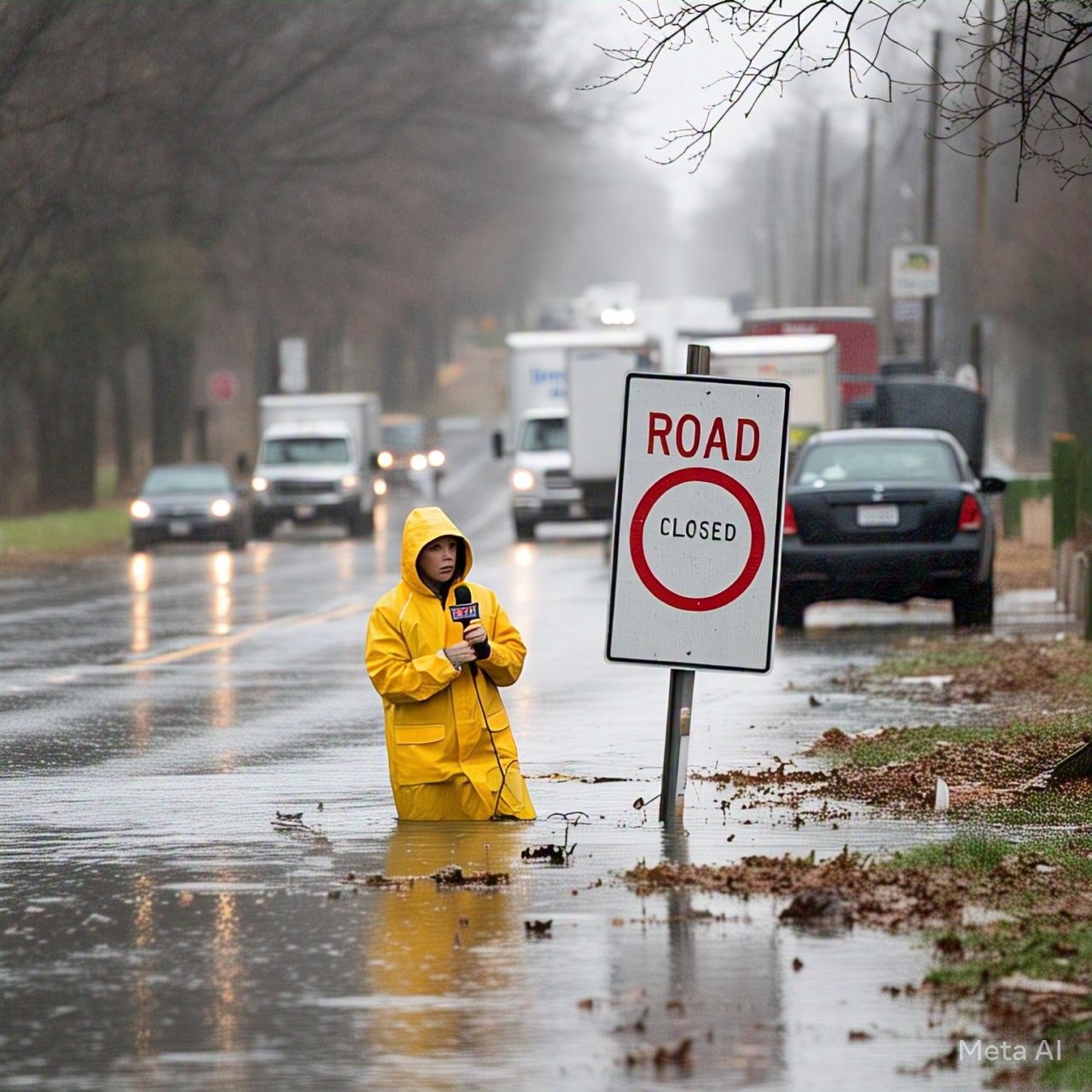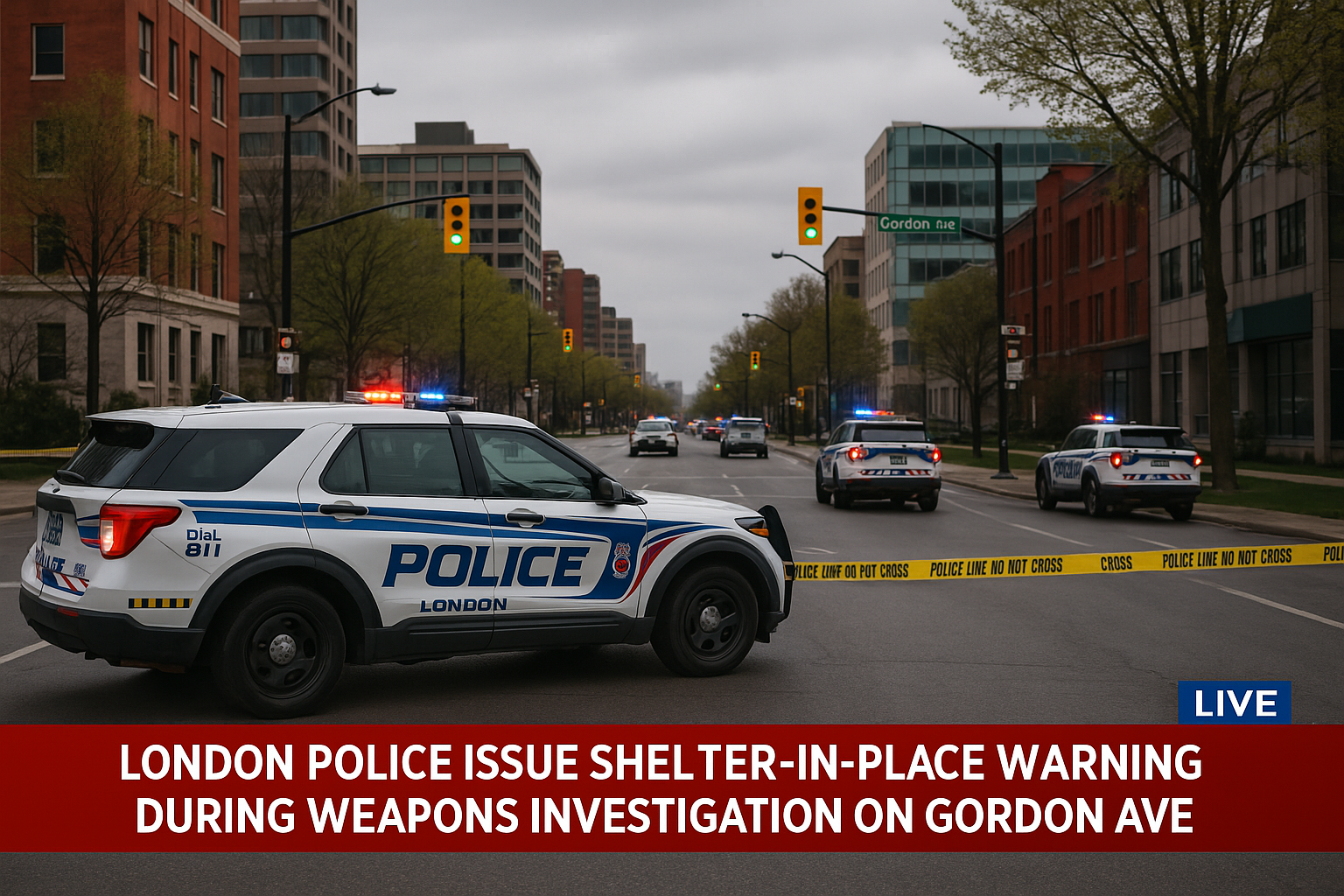
Constable Ian Smith spent most of his career behind a desk at the RCMP Windsor detachment, handling investigations and administrative work. As part of the border integrity unit, he rarely wore his uniform.
That has changed.
Now, Smith patrols Ontario’s 800-kilometre border with the U.S. in full uniform and body armor, driving a marked RCMP vehicle as part of an enhanced border security strategy. His new role reflects Canada’s $1.3-billion commitment to strengthening border security—partly in response to U.S. President Donald Trump’s continued pressure and tariff threats.
Canada Strengthens Border Patrol Amid U.S. Demands
While Ottawa has denied Trump’s claims that illegal migration and fentanyl smuggling from Canada pose a “grave threat” to the U.S., the Canadian government is still increasing efforts to tighten patrols, improve immigration measures, and combat drug trafficking.
As part of this initiative, RCMP officers are now conducting 24-hour patrols, engaging with border communities to gather intelligence and deter smuggling operations.
“We’re doing these round-the-clock patrols, which is new for us,” Smith said while driving alongside the Detroit River, which forms part of the Ontario-Michigan border. “Crime doesn’t just happen in daylight hours, so hopefully, we’re deterring illegal activity.”
On a recent shift, Smith crossed a frozen section of the river to speak with ice fishers, asking if they had seen anything suspicious.
“The goal is to be present, be visible, and secure the border the best we can,” he said.
Technology and Resources Enhancing Border Security
The Windsor RCMP detachment has between 30 and 40 officers, including members from other units and two Ontario Provincial Police officers assigned to assist. Officers patrol vast areas from Tobermory on Lake Huron to Port Burwell on Lake Erie, covering marshlands, lakes, and rivers—terrain that presents challenges for traditional policing.
To enhance surveillance, the RCMP has deployed drones to monitor waterways and detect illegal crossings. The unit recently acquired its third drone, and more officers are being trained to operate the technology.
Sgt. Ian Diplock, a trained drone operator, explained how the unmanned aircraft are used for both proactive monitoring and responding to suspicious activity.
“We utilize them to get a vantage point from higher up, so we’re not limited to just a ground-view perspective,” he said.
Drones also assist officers patrolling by boat, helping to monitor areas they can’t easily access. However, regulations require that drones stay within a one-kilometre range of the operator.
In addition to drones, the unit operates two patrol boats for waterway security, and several officers have been trained for helicopter surveillance.
Federal Funding and National Border Security Efforts
Canada’s $1.3-billion border security investment will be allocated over six years, with:
- Over half directed to the RCMP,
- $355 million going to the Canada Border Services Agency (CBSA) for hiring additional officers, analysts, and specialized chemists,
- New detector dog teams, advanced scanners, and surveillance tools being introduced.
The RCMP has mobilized resources nationwide, increasing patrols along the 8,891-kilometre Canada-U.S. border, prioritizing areas with historically high irregular migration flows.
RCMP spokesperson Robin Percival outlined the plan, stating it aims to:
✔️ Detect and disrupt fentanyl trafficking,
✔️ Enhance operational coordination,
✔️ Improve intelligence-sharing,
✔️ Minimize unnecessary border traffic.
The RCMP has received 40 drones from the Canadian Armed Forces, along with additional surveillance tech. Two Black Hawk helicopters have also been chartered to prevent illegal border crossings of people, goods, and drugs.
Other law enforcement agencies are also stepping up:
- Ontario plans to deploy 200 provincial police officers for border patrol,
- Alberta has created a new sheriff unit to monitor its U.S. border,
- Manitoba conservation officers are assisting with surveillance.
CBSA’s Role in Tackling Cross-Border Crime
The CBSA is expanding its workforce, with plans to recruit 100+ new officers, enhance intelligence gathering, and intensify efforts to combat fentanyl trafficking under Operation Blizzard.
While Trump has raised alarms about fentanyl smuggling into the U.S. from Canada, data suggests that illegal firearms and narcotics are also flowing in the opposite direction.
Since 2022, CBSA officers have seized over 2,345 firearms at the U.S.-Canada border. Additionally, more than 24,000 kilograms of illicit drugs, including fentanyl, have been confiscated.
In Windsor and Sarnia alone, CBSA agents have intercepted 3,891 kilograms of illegal drugs since January 2022, with 386 kilograms seized so far in 2025.
CBSA spokesperson Jacqueline Roby emphasized the importance of cross-border cooperation:
“Criminals exploit the border both ways. U.S. authorities count on us as much as we count on them to share intelligence and identify threats.”
Drones, Smuggling, and Growing Cross-Border Tensions
One notable firearms smuggling case occurred in 2022, when a drone carrying a bag of handguns across the St. Clair River got stuck in a tree, leading to its discovery by authorities.
Smith acknowledges the severity of drug and weapon smuggling into Canada, emphasizing the close collaboration between U.S. and Canadian officials to prevent it.
However, he also points out that Trump’s claims about fentanyl flowing from Canada into the U.S. have little basis—his detachment has never received reports of such incidents.
Canadian Frustration Over U.S. Tariffs and Annexation Talk
Trump’s trade war, tariff threats, and repeated suggestions of annexing Canada have angered many Canadians. Some have responded by boycotting U.S. products and canceling trips to the U.S.
Smith himself has chosen to avoid spending money in Detroit—just across the border from Windsor—until tensions ease.
“Right now, I’ll keep my money in Canada until these tariff threats go away,” he said.
As border security measures ramp up, the Canada-U.S. relationship remains fragile, with Canadian officials working to balance cooperation with the U.S. while resisting Trump’s aggressive rhetoric and policy moves.





